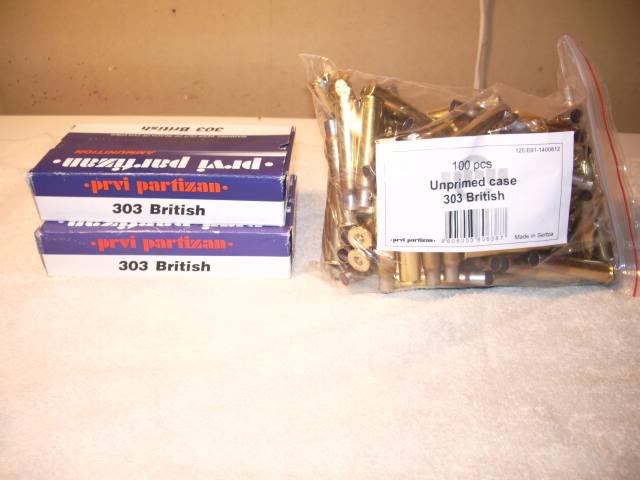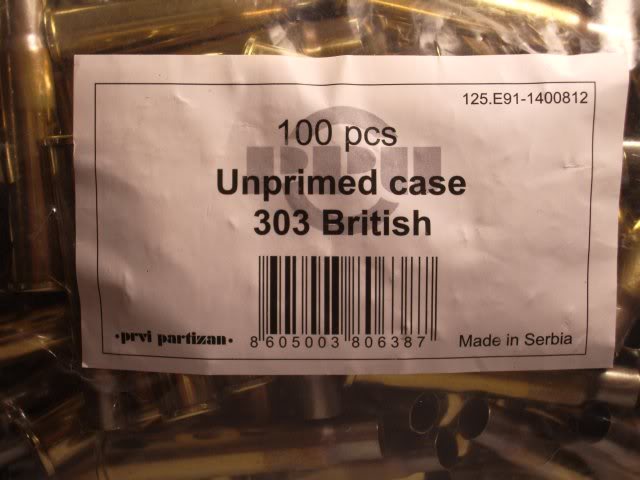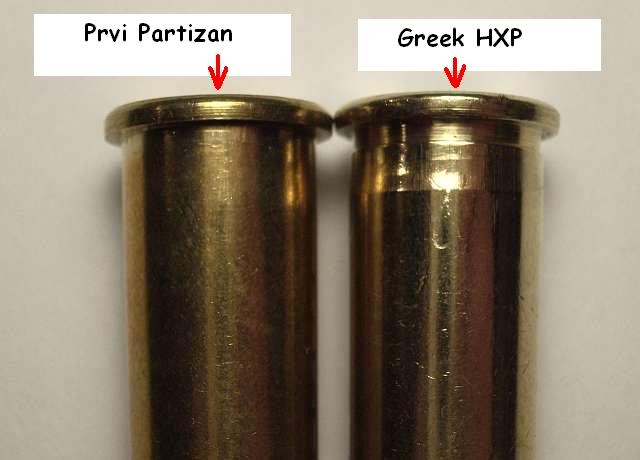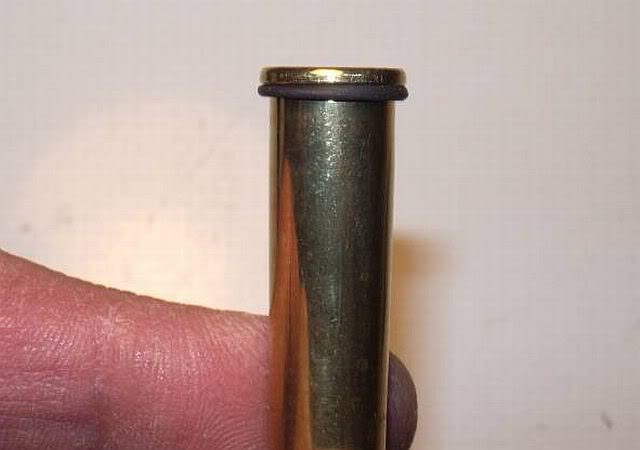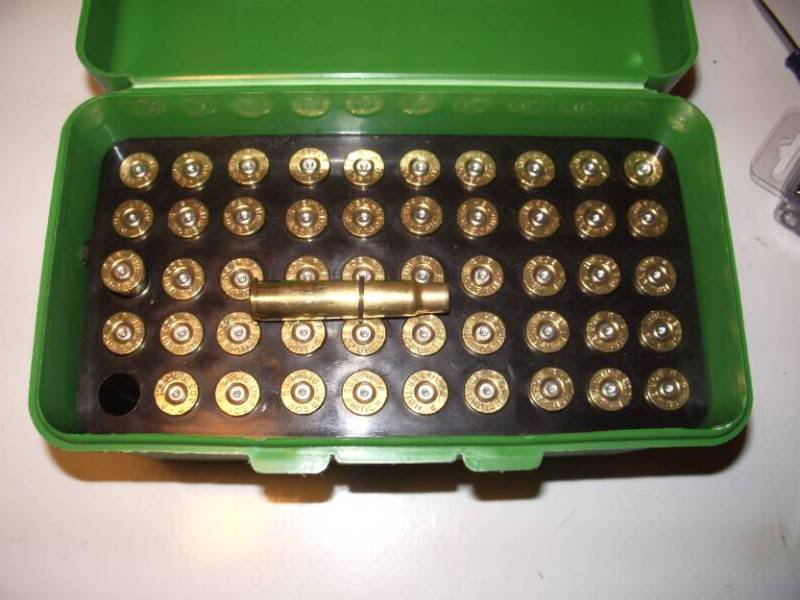-
FREE MEMBER
NO Posting or PM's Allowed

Well, I've got some Rem and PRVI brass, the dies, some 7.62x54R bullets, primers and powder, guess I've gotta roll me own.
-
11-23-2009 03:39 PM
# ADS
Friends and Sponsors

-
Legacy Member
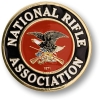

Originally Posted by
rondog

Well, I've got some Rem and PRVI brass, the dies, some 7.62x54R bullets, primers and powder, guess I've gotta roll me own.
try IMR 4895 to start, TENDS to be the most accurate powder esp. with the lighter 54R bullets, but if I had only one powder for .303, it would be 4895.
-
-
Legacy Member

Excuse my ignorance here, but I was under the impression that "Z" suffix ammunition was specifically earmarked NOT to be used in rifles, only in machine guns. Something to do with the powder load IIRC.
-
-
Legacy Member

I don't think this correct

Originally Posted by
FugWit2

Excuse my ignorance here, but I was under the impression that "Z" suffix ammunition was specifically earmarked NOT to be used in rifles, only in machine guns. Something to do with the powder load IIRC.
I recall this was Defense Industry Canada , Z = Nitro Powder (i.e. NOT cordite). Loaded to (essentially) the same pressure/velocity as any other surplus. I suspect the only made for "machine gun" use ammo is linked with tracers or incendiary (which would still be safe in the bolt rifle).
, Z = Nitro Powder (i.e. NOT cordite). Loaded to (essentially) the same pressure/velocity as any other surplus. I suspect the only made for "machine gun" use ammo is linked with tracers or incendiary (which would still be safe in the bolt rifle).
bottom line, unless it is a PROOF round, if it is .303 and your rifle is in good condition, you CAN SHOOT IT (albeit. much is BOTH corrosive and cordite)
Last edited by AKA Hugh Uno; 11-23-2009 at 06:39 PM.
-
-
Banned

-
Legacy Member

Iirc
Not so much with the powder, but the bullet. The Z load used a boat tailed bullet, which gave longer range for long range area firing by MG's. The boat tail in a rifle allowed excessive erosion in the bore/chamber throat area. I'm sure someone will correct, but that was my understanding.

Originally Posted by
FugWit2

Excuse my ignorance here, but I was under the impression that "Z" suffix ammunition was specifically earmarked NOT to be used in rifles, only in machine guns. Something to do with the powder load IIRC.
-
-
That would be MkVIII w/ the boat tail bullet. "Z" refers to the type of powder.
ETA Don't immediately find a Milsurps article on 303 ammo types. Am I missing something AGAIN?
Last edited by jmoore; 11-24-2009 at 02:52 AM.
-
-
Legacy Member

From Army Ordnance Service book :
"Small Arms Ammunition" 24th February 1945
Ball Mk7 36.5 gr Cordite
Ball Mk7Z 37 gr N.C
Weight 174gr. Envelope of cupro-nickel gilding metal, or, gilding metal coated steel. lead/Antimony core. Aluminium or paper tipped, flat based, seured by coning and indenting. Strawboard wad in Mk7
Ball Mk8Z
Weight 174gr. Envelope of cupro-nickel gilding metal, or, gilding metal coated steel. lead/Antimony core. No tip, streamlined, flat fronted cannelure secured by coning
'Streamlined' refered to in the Mk8Z is what we now call 'boat-tail'
The book goes into great detail about what ammunition can be used in what firearm but basically Mk7, Mk7Z or Mk8Z can be used in Rifles but Mk7 or Mk7Z MUST NOT be used in machine guns, if a machine gun has been used with any Mk7 the barrel must be stamped with a number 7 and immediately returned to the armourer for replacement.
A few rounds of Mk7 destroys the accuracy of machine gun barrels.
Not stated in the 'book' but from various quotes - the Mk8Z does allow gasses to increase erosion by allowing them to escape around the bullet in worn barrels.
I have found that smaller bullets (ie 150gr) do not perform as well as 174 gr as there appears to be less bullet for the rifling to 'grip'. I'm making an assumption here but with a boat tail it would be similar to a smaller bullet and accuracy may be affected. - Just my thoughts.
Last edited by Alan de Enfield; 11-24-2009 at 04:56 AM.
Reason: smaller bullets.
-
The Following 2 Members Say Thank You to Alan de Enfield For This Useful Post:
-
Advisory Panel



Originally Posted by
Alan de Enfield

Not stated in the 'book' but from various quotes - the Mk8Z does allow gasses to increase erosion by allowing them to escape around the bullet in worn barrels.
I'd like to see someone demonstrate how that theory was observed and measured: even the British arsenals - after tens of millions of rounds expended in testing & development - never listed any such evidence or supposition.
arsenals - after tens of millions of rounds expended in testing & development - never listed any such evidence or supposition.
-
-
Legacy Member


Originally Posted by
Thunderbox

I'd like to see someone demonstrate how that theory was observed and measured: even the
British
arsenals - after tens of millions of rounds expended in testing & development - never listed any such evidence or supposition.
Exactly my point - heresay easily becomes fact when the internet allows global interaction.
I can understand the theory that shorter (lighter) bullets will have less 'grip' or contact in the barrel and may have less accuracy but the 'escaping gas' and erosion theory eludes me - certainly when we look at the number of rounds we'll fire
-














 Register To Reply
Register To Reply







